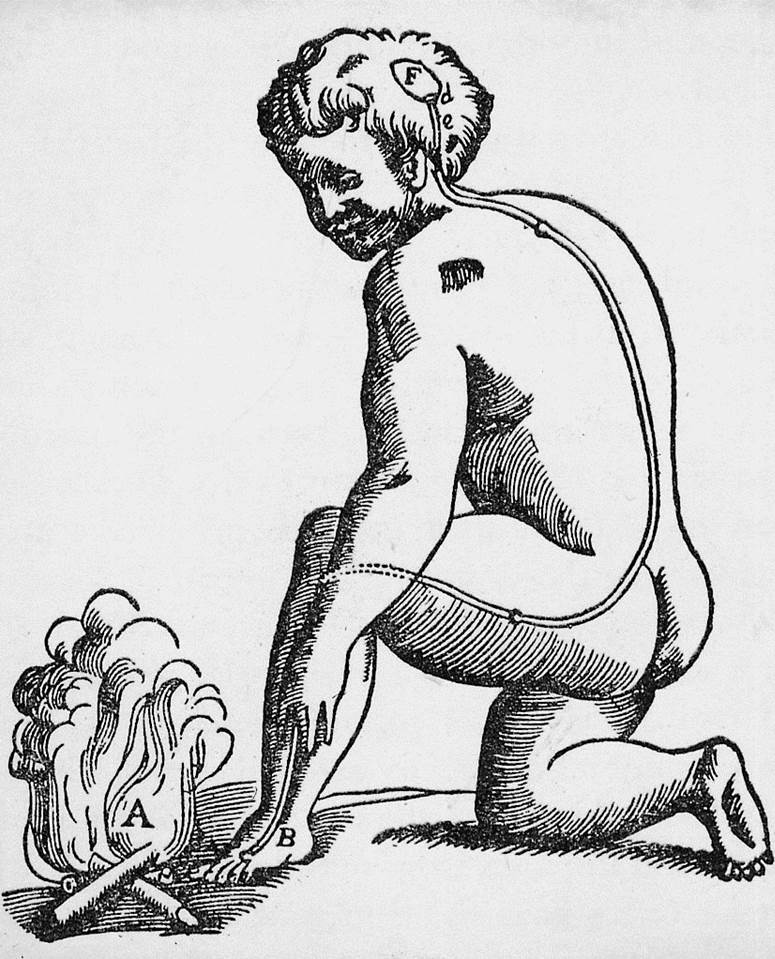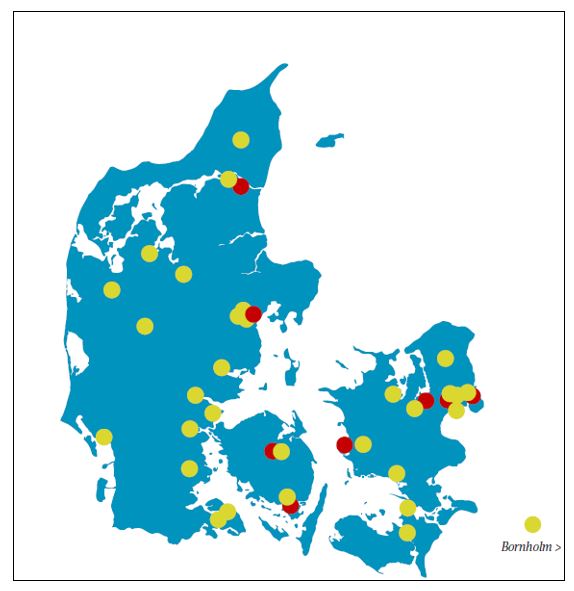Dear Colleagues,
In these hard times of budget restrictions, competition for funding is increasing. The committees designated for funding allocation are asked to evaluate ideas, proposals, projects and their feasibility. Questions such as “Personal experience of the Applicant” or “Scientific Background of the Applicant” have to be answered on the basis of the CV of the Applicant, and of his/her publications.
More recently, scores such as the Impact Factor (IF) or the H Score have been proposed as objective markers of the level of excellence of that particular applicant. From our experience, both as applicants and referees, we have developed the feeling that, with careful planning, a far-sighted department chairman should be able to have his/her Pupil achieving a very relevant IF or H Score. However, there is an important, possibly determining component that so far has been largely ignored. It affects competition between Universities, both at the national as well as at the international/EEC level. This component is the “cost” paid to obtain a point in the IF or in the H score. For example, if the Medical School of the University of Hippocratestown in North Italy achieved a total of 100,000 points of IF and of 1000 points in the H score, summing up the total of papers published by their academic staff in that year, this result will be considered highly superior to the result obtained by the Medical School of the University of Galencity, from South Italy, which scored 50,000 in the IF sum, and 500 in the H Score. The apparently more excellent university will be rewarded more funding than the less excellent university.
But, if we go through the financial details, we may observe that the University of Hippocratestown was given by the North Italy Government and Scientific Boards the total of 100 million Euros, while the Galencity Medical School received only 10 million Euros. From a simple and quick calculation, we will see that ONE point in the IF score cost 1000 Euros and 1 point in the H Score costs 100,000 Euros in Hippocratestown, while the same points in Galenocity cost 200 Euros the IF, and 20,000 the H score.
Which is the better? Where should International/National Authorities put their funding to achieve a better “return of the investment”? In my opinion, it is easy to obtain good results when you have large resources, while it is difficult to obtain similar good marks when your resources are limited. This puts the less well endowed university at a recurring disadvantage and one from which it may be difficult ever to break out. A more flexible system is needed. How does an excellent pawn become a king or queen?
Yours sincerely,
Gian Luigi Lenzi






